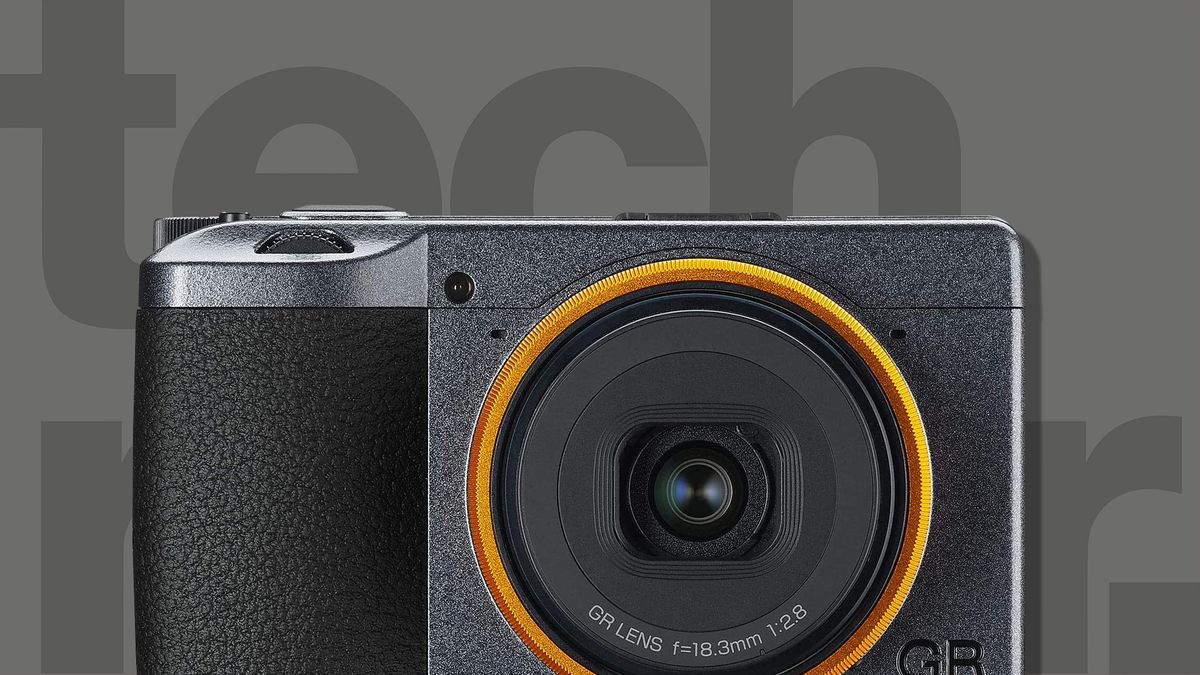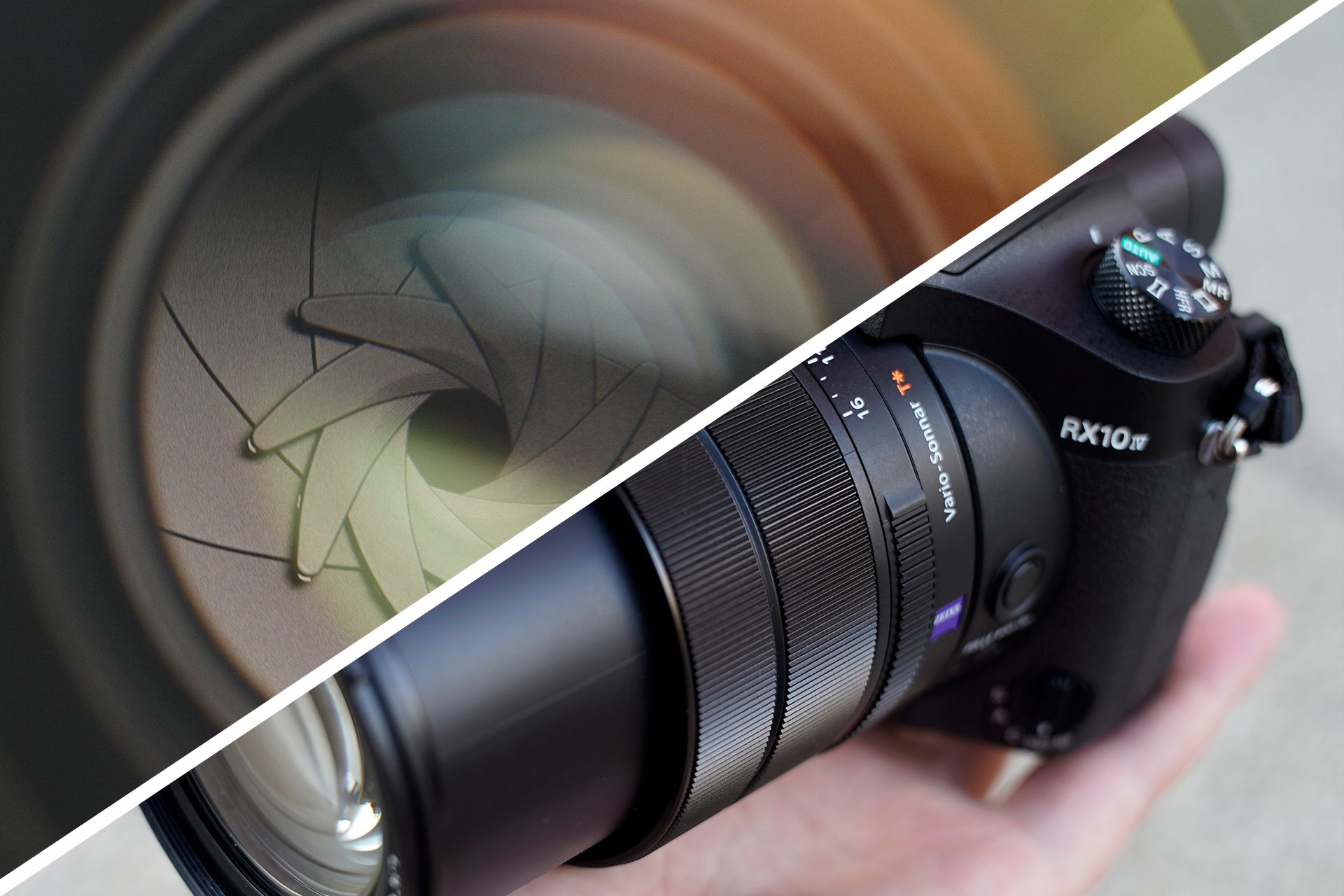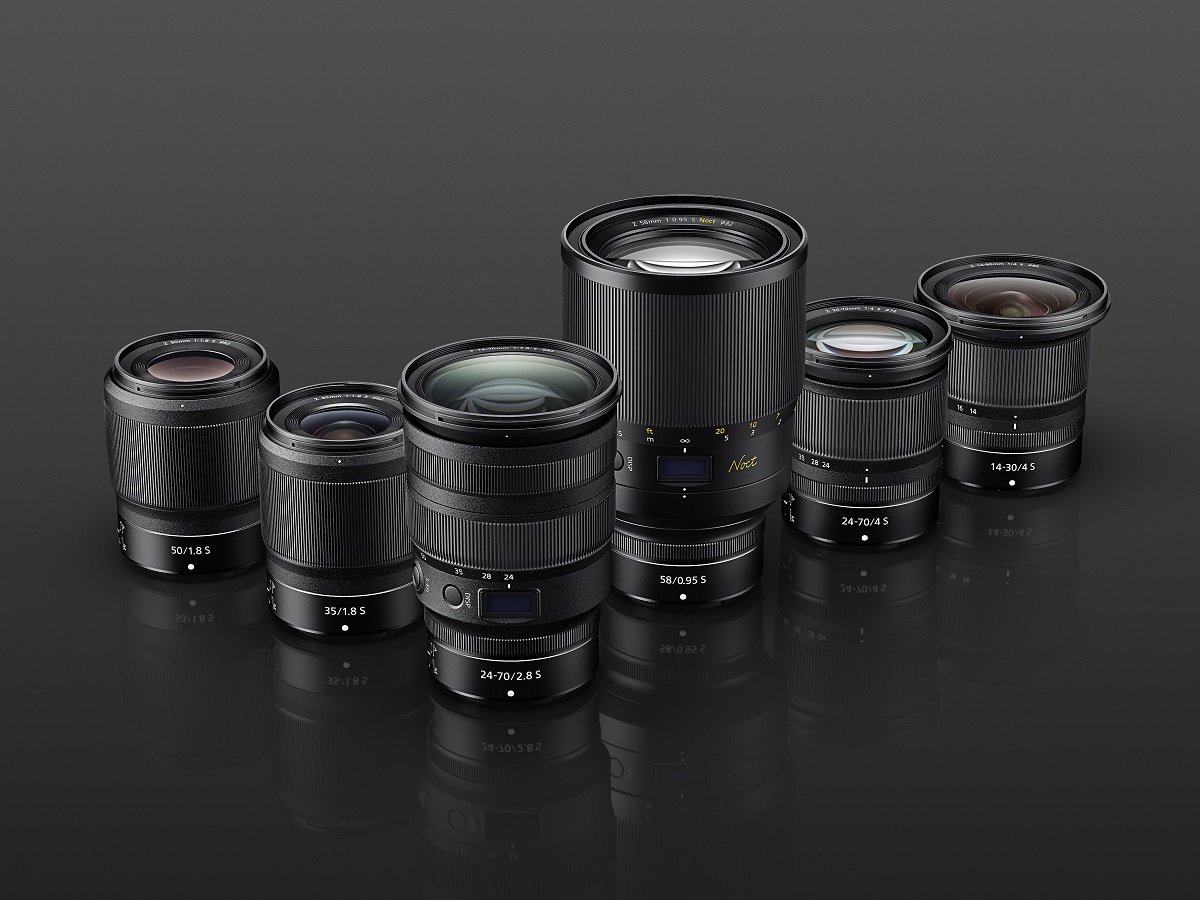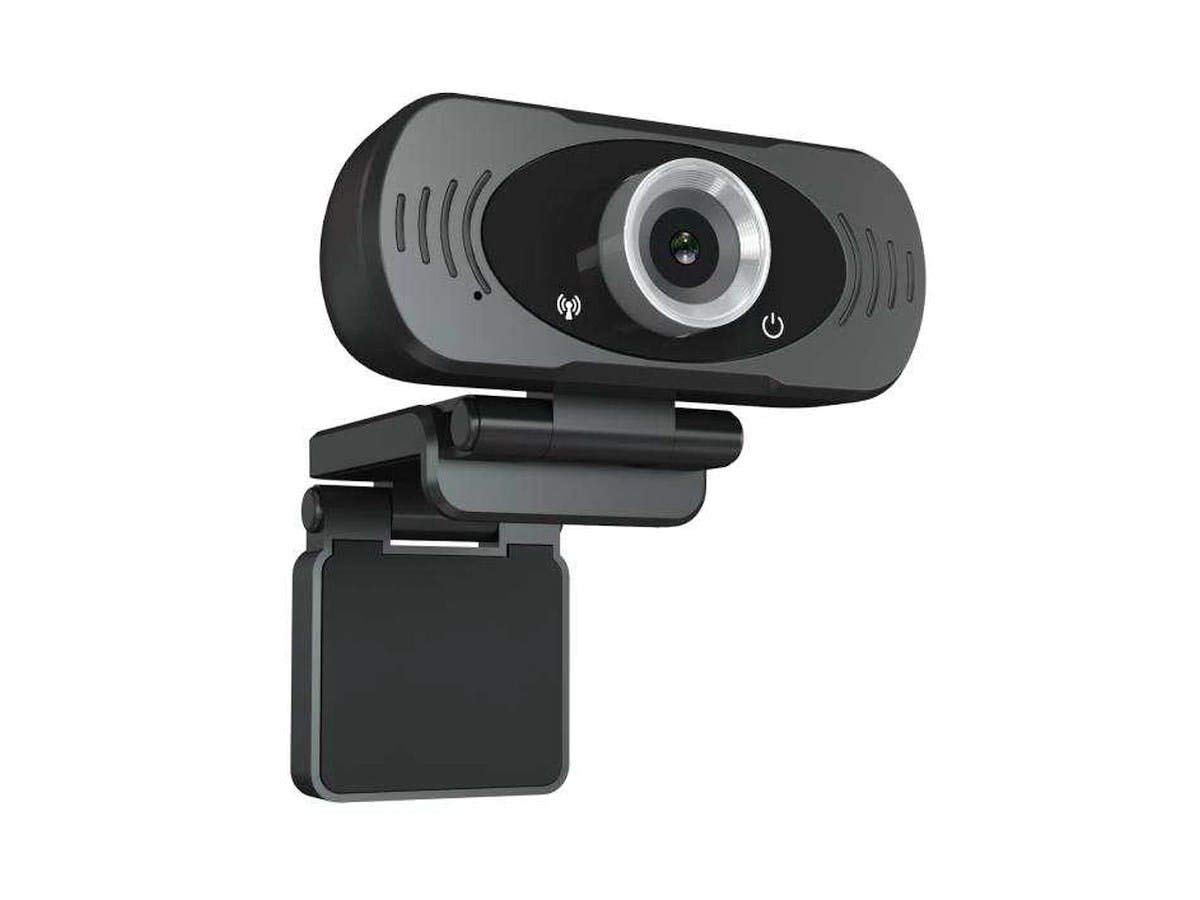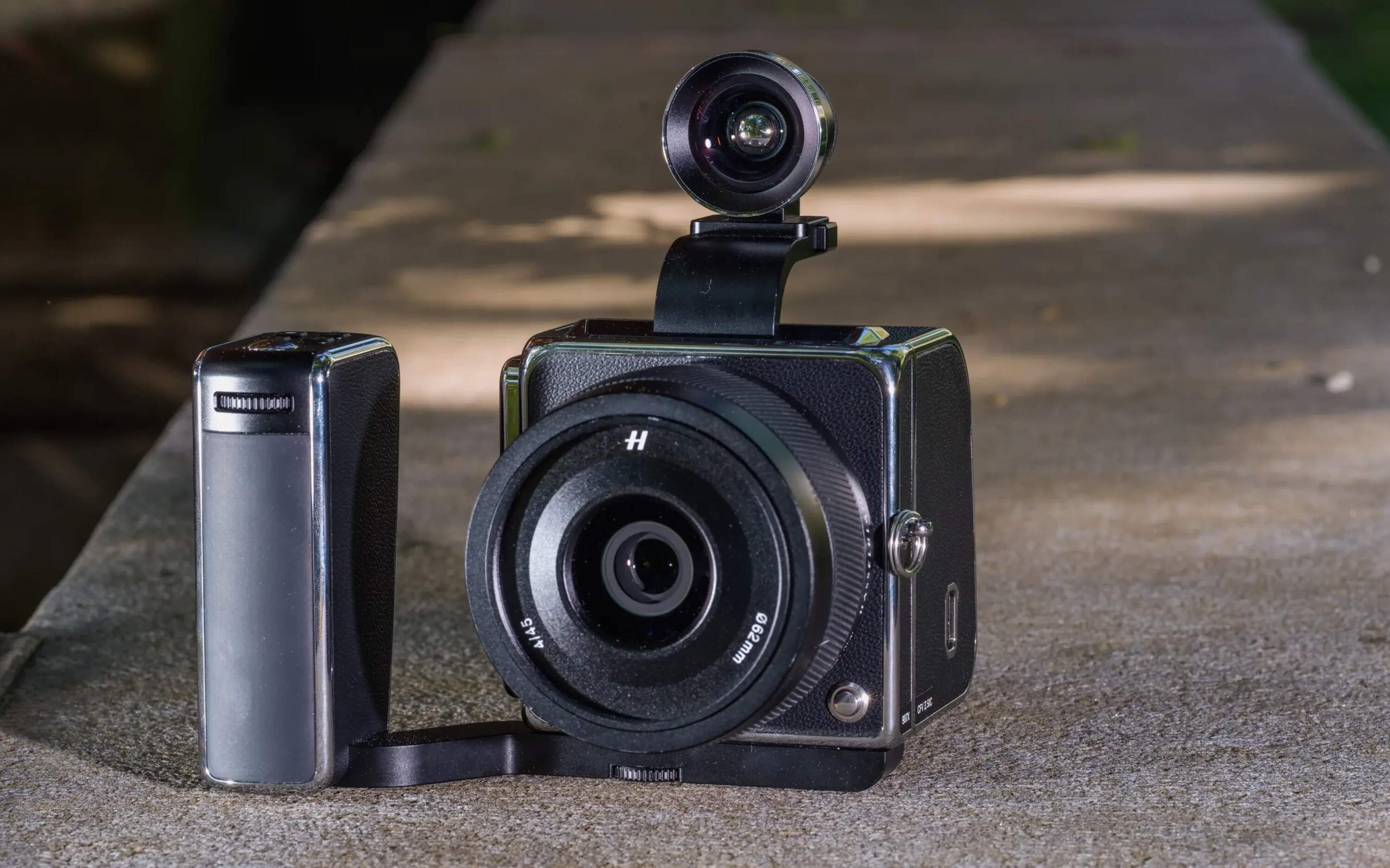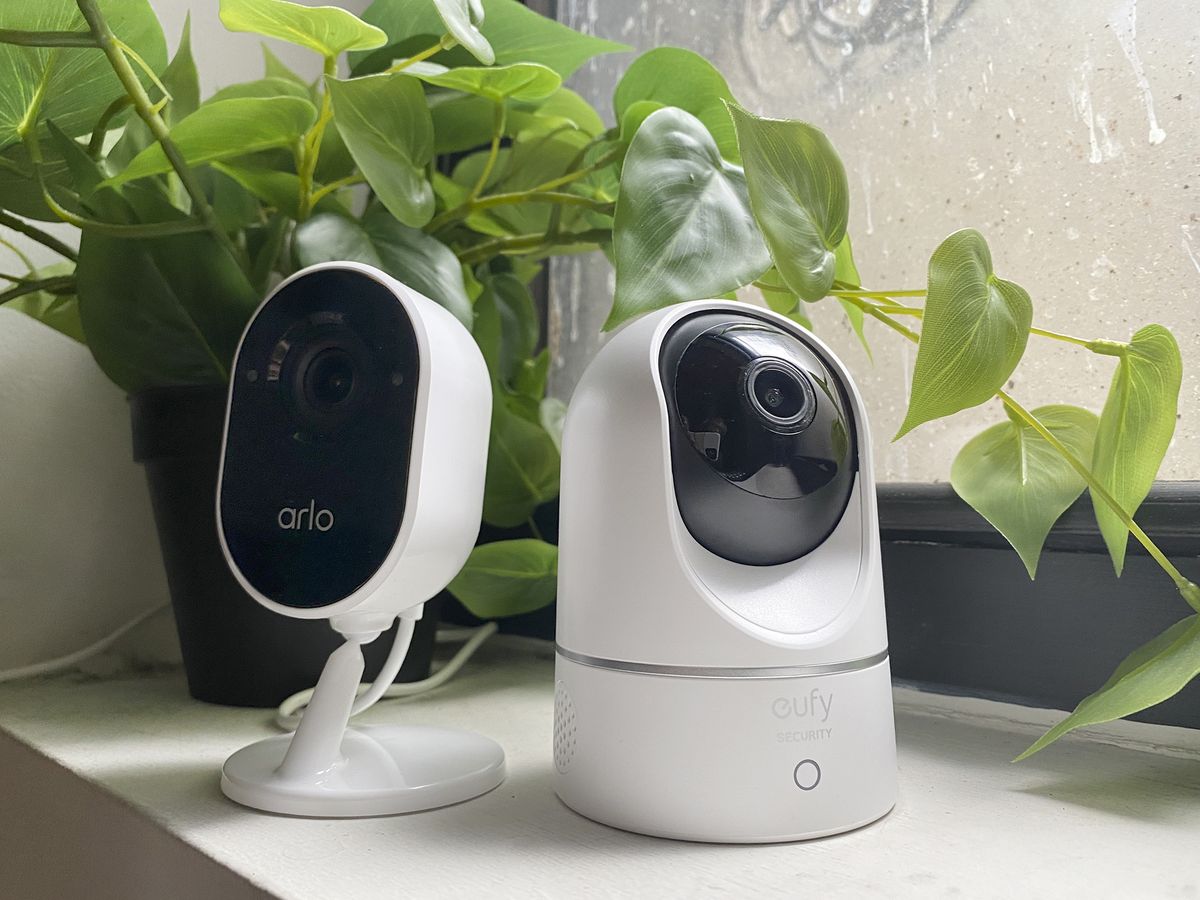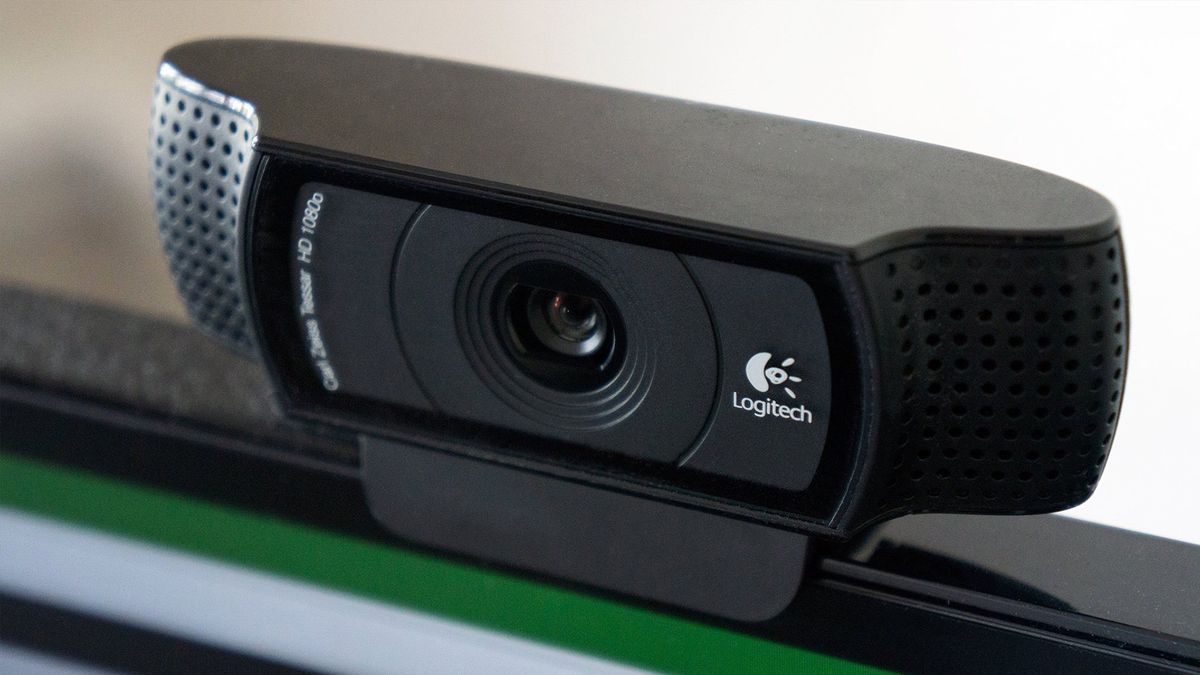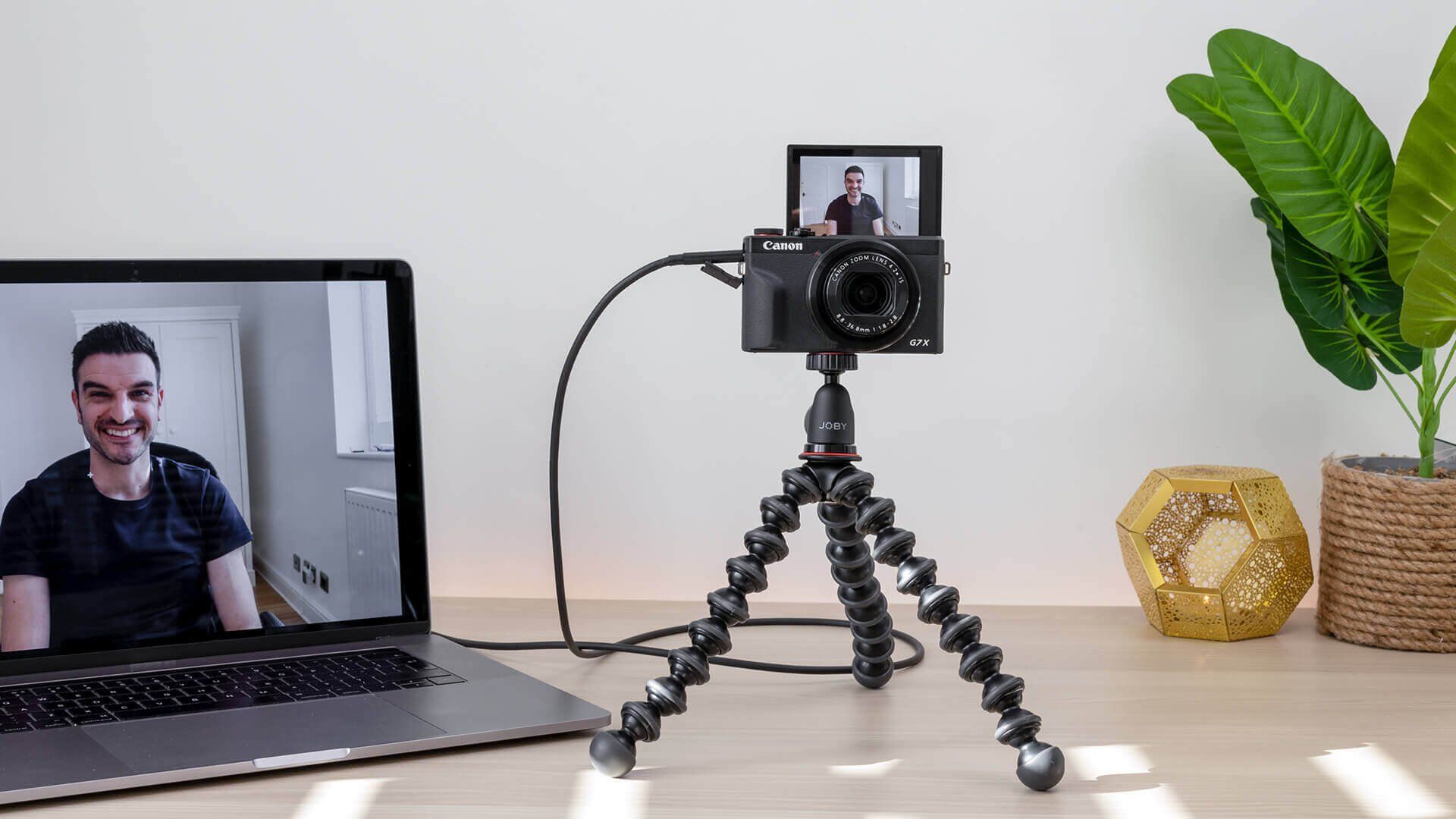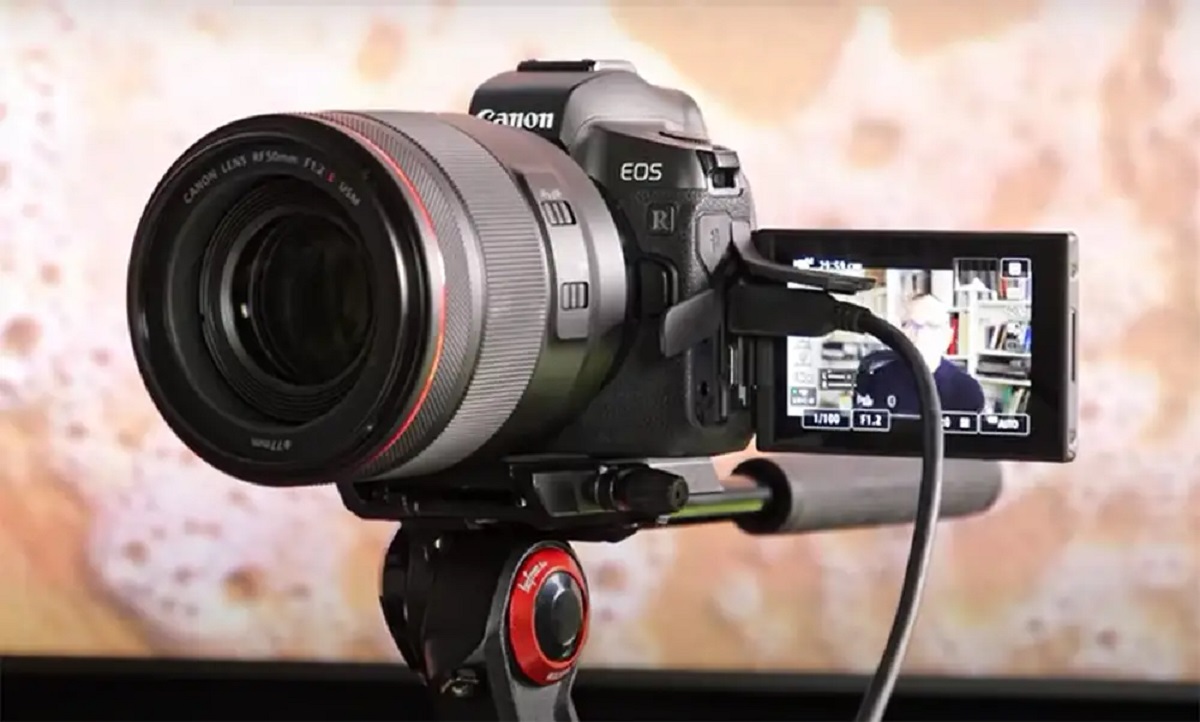Introduction
Welcome to the world of photography, where every picture tells a story. In this age of digital imagery, capturing breathtaking landscapes, architecture, and group photos with utmost clarity and detail is made possible with the use of a wide-angle lens. The wide-angle lens, characterized by its shorter focal length, allows for a wider field of view, making it an essential tool for both professional photographers and enthusiasts alike.
Whether you are looking to capture stunning vistas during your travels or want to add a unique perspective to your everyday photography, having the best wide angle digital camera can make a significant difference. A wide-angle lens can open up a whole new realm of creative opportunities, allowing you to capture more in a single frame and bring your vision to life.
However, with so many options available in the market, choosing the right wide-angle digital camera can be a daunting task. Factors such as image quality, lens aperture, focal length, and camera features all come into play when making a decision. But worry not, as we’ve done the research for you and compiled a comprehensive guide to help you make an informed choice.
In this article, we will delve into the world of wide angle digital cameras, exploring the characteristics of a wide-angle lens and the factors to consider when choosing the best one for your needs. Additionally, we will provide recommendations on some of the top wide angle digital cameras currently available in the market, based on performance, features, and user reviews.
So, whether you’re a professional photographer looking to upgrade your gear or a hobbyist exploring the possibilities of wide-angle photography, this guide will equip you with the knowledge you need to find the best wide angle digital camera that will take your photography to new heights. Let’s dive in!
Understanding the Wide Angle Lens
The wide-angle lens is a powerful tool in the realm of photography that allows for a broader perspective and the ability to capture a wider field of view. It is characterized by its shorter focal length, typically ranging from 14mm to 35mm, although some lenses can go as wide as 10mm or even wider. By using a wide-angle lens, photographers can capture more of the scene in a single frame, making it ideal for landscape photography, architecture, and group photos.
One of the primary benefits of using a wide-angle lens is the ability to create a sense of depth and exaggerate the distances between objects in the frame. This effect, known as perspective distortion, can result in dramatic and eye-catching photographs. Additionally, wide-angle lenses are known for their deep depth of field, meaning that objects in both the foreground and background can be in sharp focus simultaneously.
However, it’s important to note that wide-angle lenses also come with their own set of challenges. One common issue is the distortion that can occur at the edges of the frame, known as barrel distortion or pin cushion distortion. This can cause straight lines to appear curved or skewed. Modern lens designs and software corrections have minimized this issue, but it’s still something to be aware of when shooting with a wide-angle lens.
Another thing to consider is the amount of perspective distortion that can occur when shooting up close with a wide-angle lens. Objects closer to the lens may appear larger, while those farther away can appear smaller or further apart. This effect can be useful for creating dynamic compositions, but it’s important to be mindful of how it impacts the overall aesthetics of the photograph.
When using a wide-angle lens, it’s crucial to pay attention to the composition and framing of your shots. The wide field of view can make it challenging to avoid cluttered or distracting backgrounds, so it’s important to carefully consider the elements you include in the frame. Leading lines, foreground interest, and strong visual elements can help create a sense of balance and guide the viewer’s eye through the photograph.
Now that we have a better understanding of how wide-angle lenses work and the unique effects they can create, it’s time to explore the factors to consider when choosing a wide angle digital camera. Let’s move on to the next section and delve deeper into this topic.
Factors to Consider when Choosing a Wide Angle Digital Camera
Choosing the best wide angle digital camera can be a challenging task, as there are several factors to consider. By understanding these factors and their importance, you can make an informed decision that meets your specific photography needs. Here are some key considerations when choosing a wide angle digital camera:
- Image Quality: The image quality of a wide angle digital camera is determined by factors such as the sensor size, megapixel count, and the camera’s image processing capability. Higher megapixel counts can result in sharper and more detailed images, while a larger sensor can capture more light, leading to better low-light performance.
- Lens Aperture: The aperture of the lens plays a crucial role in capturing stunning wide angle shots. A wider maximum aperture, indicated by a smaller f-number, allows more light to enter the camera, enabling better low-light performance and creating a shallower depth of field for artistic bokeh effects.
- Focal Length Range: Consider the focal length range offered by the camera or lens. A wider focal length range gives you more versatility, allowing you to capture both expansive landscapes and close-up details. Look for cameras that offer a wide-angle lens with a focal length of around 24mm or lower.
- Camera Features: Pay attention to the camera’s features and capabilities. Look for features such as image stabilization, which can help compensate for camera shake when shooting handheld, and autofocus performance, as precise and quick autofocus is essential for capturing sharp wide angle shots.
- Build Quality and Portability: Consider the build quality and portability of the camera. If you plan on using the camera for travel or outdoor photography, a lightweight and rugged camera body would be ideal. Look for weather-sealed options that can withstand different environmental conditions.
- Price: Set a budget that suits your requirements and research cameras within that range. Prices can vary significantly, so weigh the features and capabilities of different models against their price tags to find the best value for your money.
- User Reviews: Read user reviews and ratings to get insights into the performance and reliability of the camera. Users often share their experiences, highlighting both the pros and cons of a particular model, which can help you make an informed decision.
By considering these factors and evaluating how they align with your photography needs, you can narrow down your options and find the best wide angle digital camera for you. Now, let’s move on to the next section, where we will explore some of the top wide angle digital cameras currently available in the market.
Top Picks for the Best Wide Angle Digital Cameras
Now that we have discussed the factors to consider when choosing a wide angle digital camera, let’s explore some of the top picks in the market. These cameras have been selected based on their performance, features, and positive user reviews:
- Nikon D850: The Nikon D850 is a full-frame DSLR camera known for its exceptional image quality and impressive dynamic range. It features a 45.7-megapixel sensor, a wide ISO range, and advanced autofocus capabilities. With its wide range of compatible wide-angle lenses, the Nikon D850 is a versatile choice for landscape and architectural photography.
- Sony a7 III: The Sony a7 III is a mirrorless camera that offers impressive performance and image quality. It features a 24.2-megapixel full-frame sensor, 5-axis in-body image stabilization, and fast autofocus. The Sony a7 III’s compact size and wide range of available lenses make it a popular choice for photographers who value both portability and flexibility.
- Canon EOS 5D Mark IV: The Canon EOS 5D Mark IV is a professional-grade DSLR camera known for its reliable performance and exceptional image quality. It boasts a 30.4-megapixel sensor, dual pixel autofocus, and a wide ISO range. With its rugged build quality and wide range of compatible lenses, the Canon EOS 5D Mark IV is a great option for both enthusiasts and professionals.
- Fujifilm X-T4: The Fujifilm X-T4 is a mirrorless camera that combines an impressive set of features with a compact and lightweight design. It features a 26.1-megapixel APS-C sensor, in-body image stabilization, and a versatile range of film simulation modes. The Fujifilm X-T4’s retro aesthetics and stunning image quality make it a popular choice for both photography enthusiasts and professionals.
- Sony RX100 VII: The Sony RX100 VII is a compact camera that packs a punch in terms of performance and versatility. It features a 20.1-megapixel 1-inch sensor, a fast 24-200mm zoom lens, and advanced autofocus capabilities. Its pocket-sized design and high-quality output make it a great choice for photographers who want a portable wide-angle camera without compromising on image quality.
These are just a few of the top picks for wide angle digital cameras, and there are many other excellent options available in the market. It’s important to do further research and consider your specific photography needs and budget before making a final decision.
Remember, the best wide angle digital camera for you may vary based on your shooting style, preferences, and intended use. It’s always a good idea to try out cameras in-store or rent them to get a feel for their performance before making a purchase.
We hope this guide has provided you with valuable insights on understanding wide angle lenses, the factors to consider when choosing a wide angle digital camera, and some top picks to consider. Now, armed with this knowledge, you can confidently embark on your photography journey and capture stunning wide angle shots.
Conclusion
Choosing the best wide angle digital camera is a decision that should be based on careful consideration of various factors. Understanding the characteristics of a wide-angle lens, such as its ability to capture a wider field of view and create unique perspectives, is essential for achieving stunning wide angle shots. As you delve into the world of wide angle photography, keep in mind the factors to consider when selecting a wide angle digital camera.
Image quality, lens aperture, focal length range, camera features, build quality, and price are all critical aspects to evaluate. By finding the right balance between these factors, you can choose a camera that meets your specific photography requirements and budget. Consider reading user reviews and seeking recommendations from experienced photographers to further assist you in making an informed decision.
In addition to the technical aspects, don’t forget to experiment and get creative with your wide angle shots. Pay attention to composition, framing, and the use of leading lines and foreground interest to enhance the visual impact of your photographs. Remember that a wide angle lens offers new perspectives and allows you to capture more in a single frame, so embrace the unique opportunities it provides.
We have provided a selection of top picks for the best wide angle digital cameras, but always explore more options to find the camera that suits your individual needs. Try out different models, consider renting or borrowing cameras before making a purchase, and don’t hesitate to seek advice from fellow photographers or experts.
With the right wide angle digital camera in your hands, you can embark on an exciting photography journey, capturing breathtaking landscapes, architectural wonders, and capturing unforgettable group photos with ease and clarity. So, be confident in your choice, unleash your creativity, and let your wide angle lens tell your unique visual stories.







